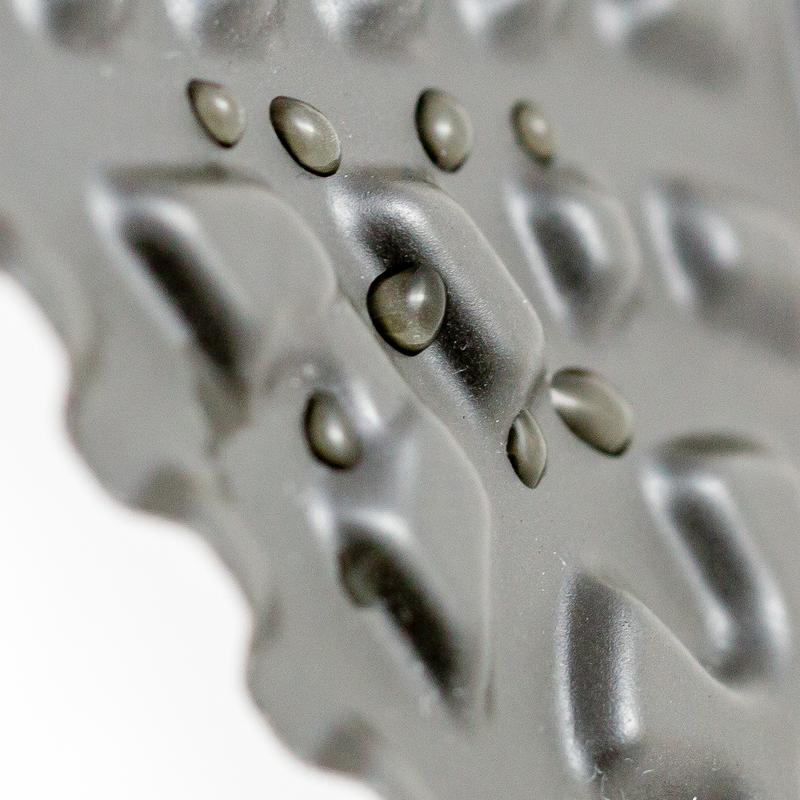

New nano-coatings have an anti-adhesive, anti-corrosive and antimicrobial effect.
Source: Ollmann, picture is free
When processing milk and juice, the food industry is using heat exchangers in numerous steps throughout the process. To have no risk to the consumers, heat exchangers have to be free from microbes. Especially in the numerous grooves and recesses of the heat exchanger, persistent biofilms can remain stuck.
As a result, heat exchangers must be cleaned at regular intervals using aggressive chemicals. These increase the sensitivity for corrosion, especially if mild steel is used as heat exchanger material. Now the INM – Leibniz Institute for New Materials is introducing new nano-coatings that reduce the effort required for cleaning heat exchangers as well as their corrosion. In these new coatings, the research scientists combine antiadhesive, anticorrosive and, on demand, also antimicrobial properties.
The developers will be demonstrating their results and the possibilities they offer at stand B46 in hall 2 at this year's Hannover Messe which takes place from 24th to 28th April.
The developers achieve the anti-adhesive characteristics by introducing hydrophobic compounds that are similar to common Teflon. These inhibit the formation of any undesired biofilm and allow residues to be transported out more easily before they clog up the channels of the heat exchangers. At the same time the researcher use structures that act as diffusion barrier in their coatings.
These inhibit the sensitivity for corrosion prevoked from corrosive substances or aggressive cleaning agents. To prevent microbes, bacteria or fungus from adhering to surfaces, the scientists additionally use colloidal copper in the coating. Due to the oxygen or water that is present in many processes, copper ions are released from the copper colloids. These migrate to the surface and, as a result of their antimicrobial effect, they prevent microbes from proliferation and growth.
“In addition, we can keep the paint chemically stable. Otherwise it would not withstand the aggressive chemicals that are required for cleaning,” explained Carsten Becker-Willinger, Head of Nanomers® at INM.
Adding that the paint could also be adapted for special mechanical loads, he explained that this was important for paint used in heat exchangers, too. Due to mechanical vibrations, the individual plates of the heat exchangers could be subjected to a certain amount of abrasion at points of contact.
Principally, the paint developed could also be used in other contexts, Becker-Willinger said, including the large sector of air conditioning with heat exchangers. Furthermore, the paint could be used for equipment in water purification plants, for example.
The paint can be applied using standard methods such as spraying or immersion and subsequent hardening. It can be used on stainless steel, steel, titanium or aluminum. By selectively adapting individual constituents, the developers are able to respond to the particular, special requirements of interested users.
Your expert at INM
Dr.-Ing. Carsten Becker-Willinger
INM – Leibniz Institute for New Materials
Head Nanomers®
Phone: +49681-9300-196
nanomere@leibniz-inm.de
INM – Leibniz Institute for New Materials, situated in Saarbrücken, is an internationally leading centre for materials research. INM conducts research and development to create new materials – for today, tomorrow and beyond. Research at INM is performed in three fields: Nanocomposite Technology, Interface Materials, and Bio Interfaces. INM is an institute of the Leibniz Association and has about 240 employees.












